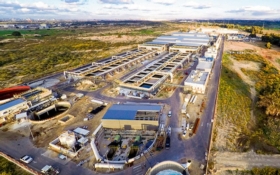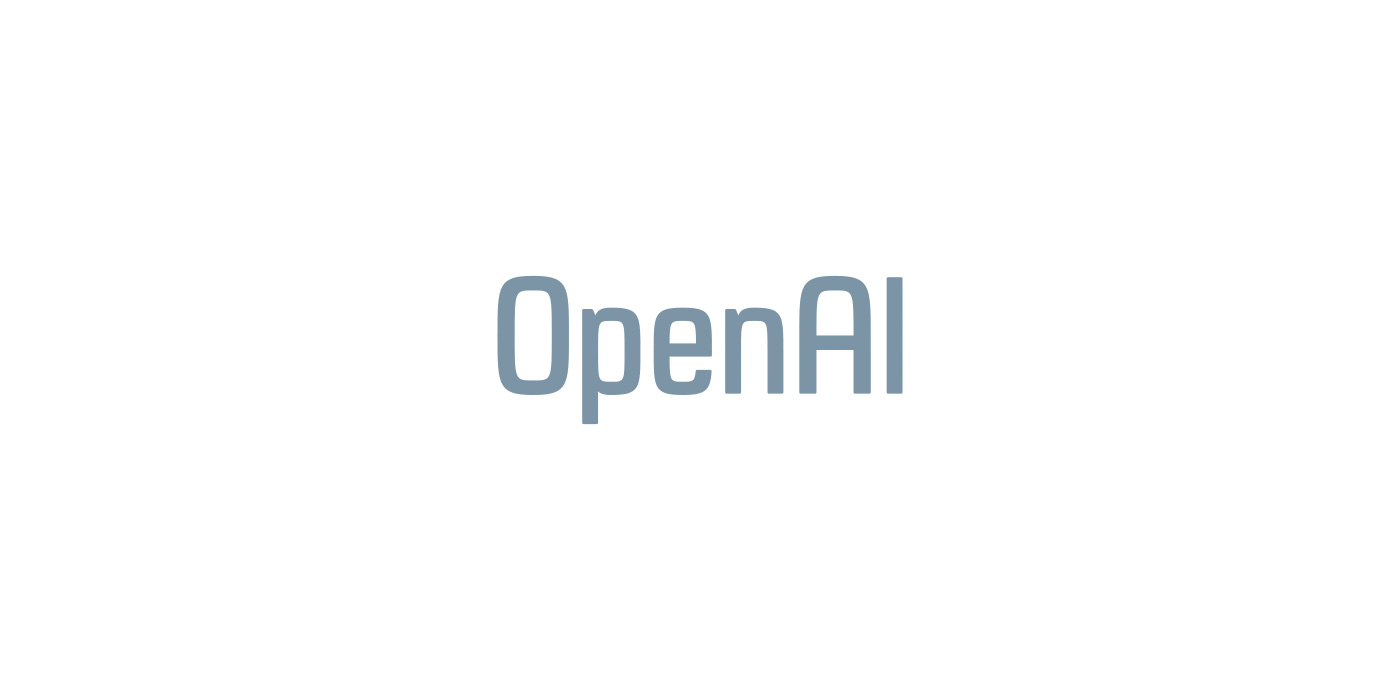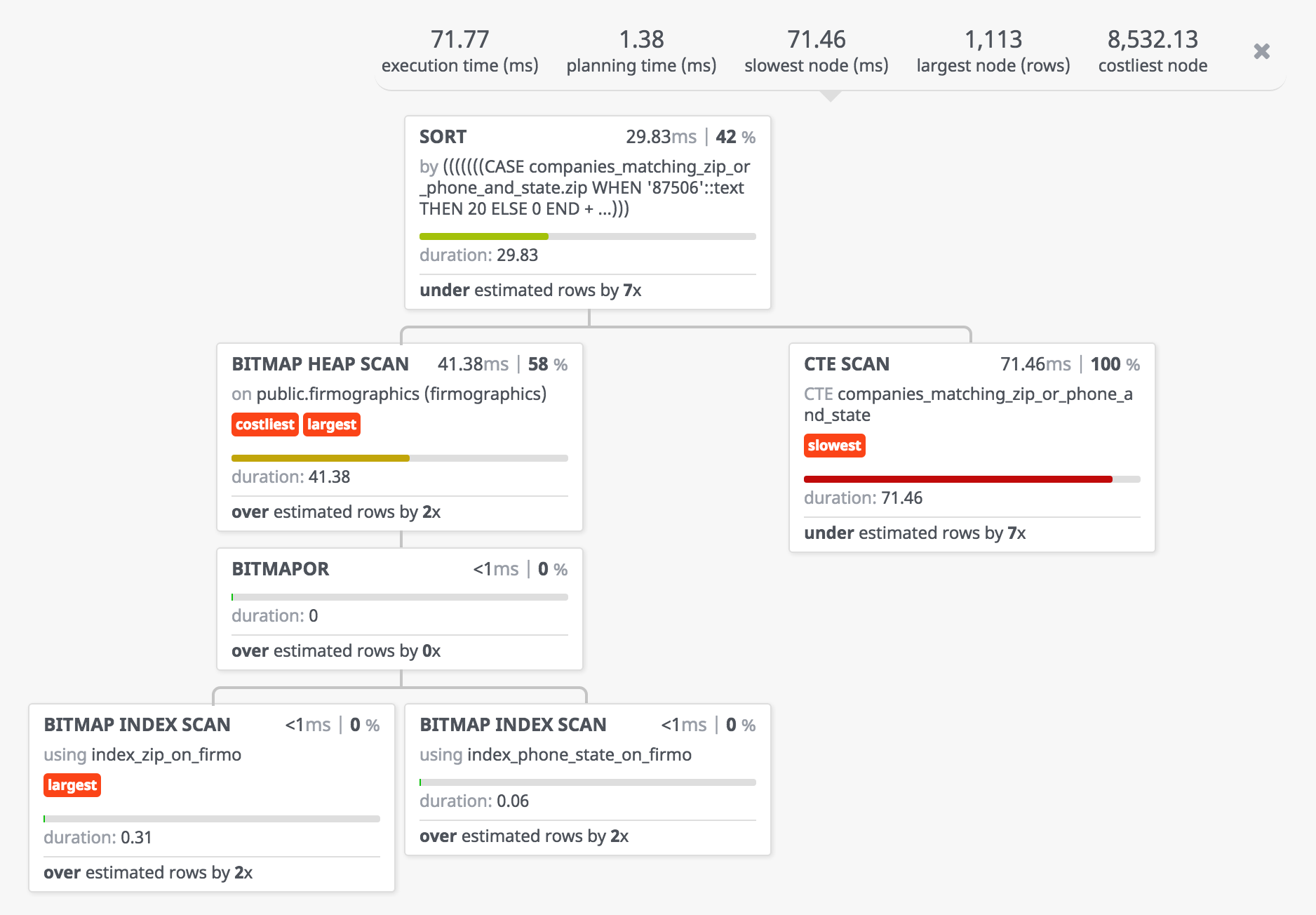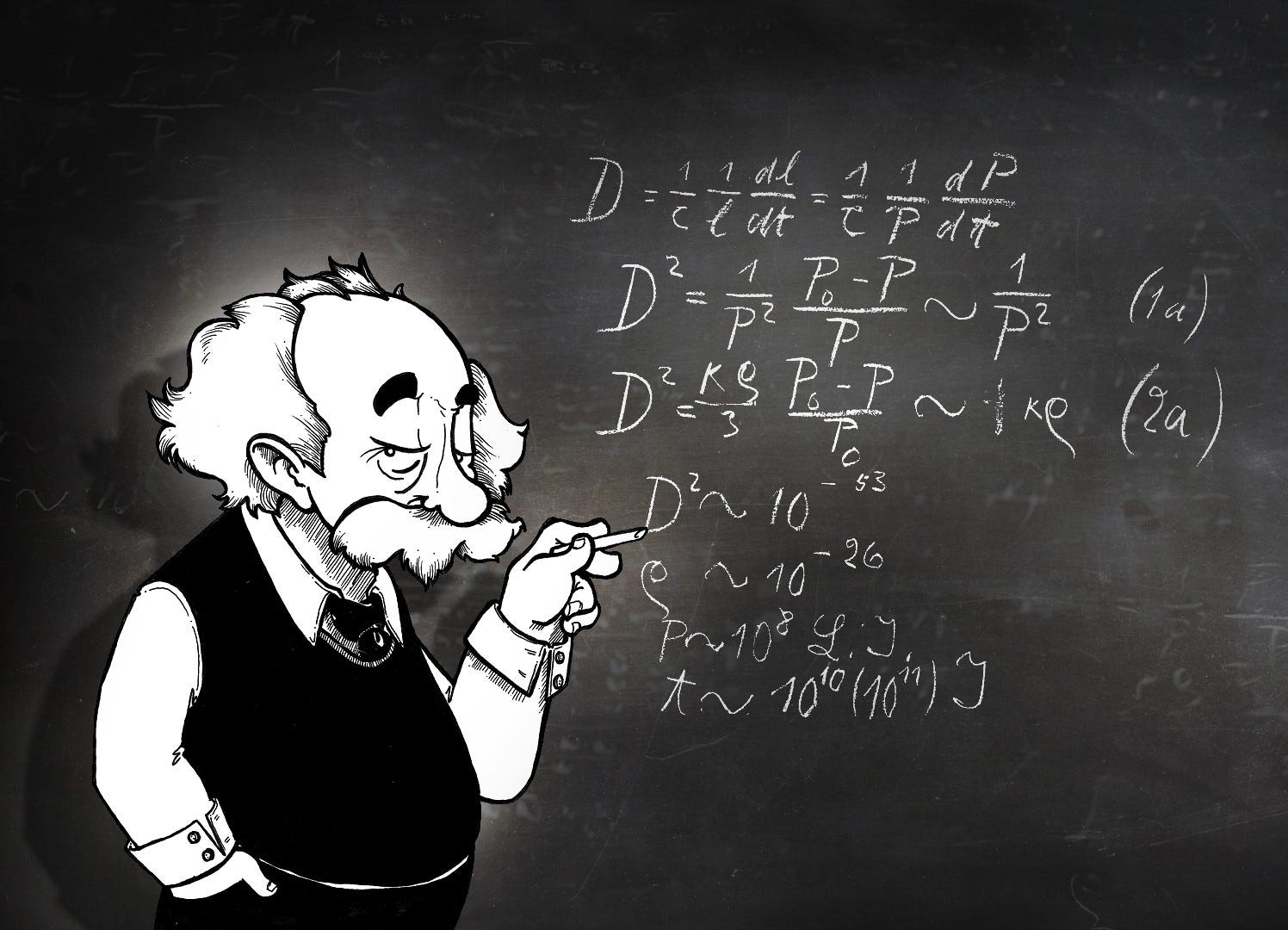We live at the very beginning of the Universe.
As we peer back with our telescopes toward the beginning of time, and measure the age of the universe, we are beginning to find that the universe is closer to ten billion years old than to fifty; that the oldest of the stars we see around us are, in fact, as old as any star can be; as old as the universe itself. Looking outward, we are finding that the gravity of the universe is not enough to pull it back together in some future cataclysmic big-crunch. The universe will expand forever.
Ten billion years. A mere eyeblink in cosmic time. We stand at the beginning of time, looking outward into the void of infinite time.
And what of us?
We have no guarantees. Humanity has spread across the globe; populated ecosystems from the equatorial rain forest to the polar ice, but as a species we are new, a species barely a hundred thousand years old. This is far too young for us to begin to guess whether Darwin’s awful mill will judge us a success, or whether we will be wiped away as another dead end, one of a million failed experiments. The Earth has no memory for the dead-ends of evolution. In a few hundred thousand years glaciers would grind our works and our bones into gravel, would grind the gravel into sand, and in a few hundred million years the movement of continents erase the last of any trace of our brief existence, save perhaps for a handful of deeply-buried and enigmatic fossils.
But some species survive, and perhaps we will be among them. A species might last a million years, even ten million years, and who can say that we will not be among those rare evolutionary successes, with success judged by that cruel god who knows no mercy or kindness, only death or survival? And in a million years, or even ten thousand years, who can tell what we shall become? All we can say is that we will become something unguessable, possibly unimaginable.
Very few species last more than ten million years, and those few are the living fossils, the ones frozen by evolution into some marginal niche. A genus may last longer, and perhaps genus homo will last a hundred million years or more. There would, then, in time be other species of humans, radiating into other ecological niches. But even genera evolve or are supplanted; and in life, nothing lasts. It is unlikely that genus homo will last a billion years. A billion years ago, even multi-celled life had yet to evolve; there were no plants, no animals, no fungus, only primitive bacteria. A billion years hence, we cannot guess what life will be like, but it will no more be us than we are those primitive bacteria.
Source: The Melancholy of Infinite Space



